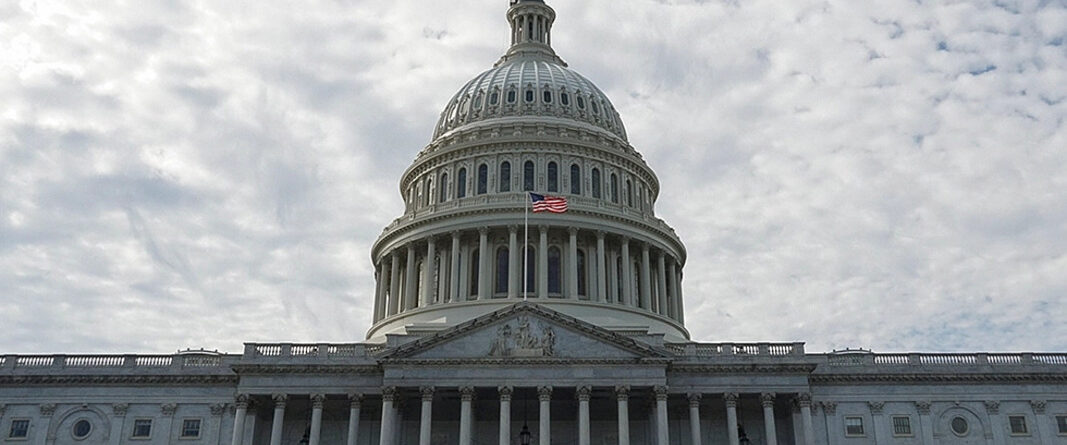State and Local Government Employees Without Social Security Coverage: What Percentage Will Earn Pension Benefits that Fall Short of Social Security Equivalence?
By Jean-Pierre Aubry, Siyan Liu, Alicia H. Munnell, Laura Quinby & Glenn Springstead
Social Security is designed to provide a base of retirement income, to be supplemented in part by employer-sponsored retirement plans. However, approximately one-quarter of state and local government employees are not covered by Social Security, which federal law allows if their employer-provided plans provide comparable benefits. Yet many public pensions are less generous for recent hires, raising questions of whether those plans will still provide Social Security–equivalent benefits. The authors analyze 66 plans and project that a significant minority of them are likely to fall short of providing Social Security–equivalent benefits, potentially affecting 750,000 to 1 million noncovered workers annually.
Read the article here











